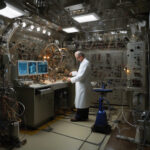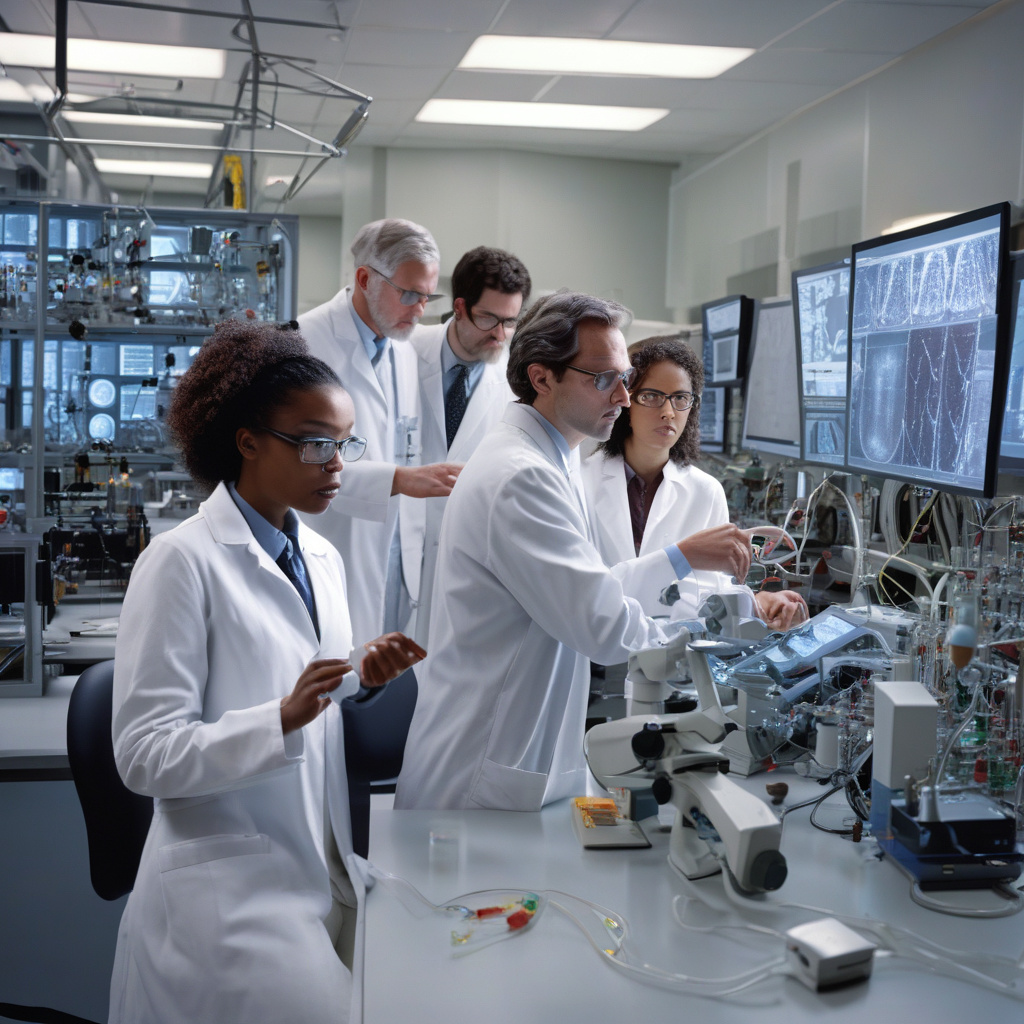US Lab Achieves Most Accurate Measurement of Muon’s Wobble in Breakthrough Study
Scientists at the US Department of Energy’s (DOE) Fermi National Accelerator Laboratory, working on the Muon g-2 experiment, have recently made a groundbreaking achievement in the field of particle physics. Their research focused on measuring the wobble of muons, which are subatomic particles similar to electrons but heavier, and the results have far-reaching implications for our understanding of the fundamental laws of the universe.
The muon is a tiny, short-lived particle that is part of the lepton family, with the potential to provide valuable insights into the mysteries of the cosmos. By studying the behavior of muons in high-precision experiments like the one conducted at Fermilab, scientists can probe the limits of the Standard Model of particle physics and search for new physics beyond what is currently known.
The Muon g-2 experiment involved sending a beam of muons around a precisely calibrated magnetic storage ring. By measuring the magnetic properties of the muons as they circulated in the ring, the scientists were able to determine the strength of the muon’s intrinsic magnetic field and how it wobbles in response to external influences. This wobble, known as the muon’s magnetic dipole moment, is a crucial parameter that can reveal the presence of previously unknown particles or forces.
What sets this recent achievement apart is the unprecedented level of precision achieved by the researchers at Fermilab. They were able to measure the muon’s wobble with a degree of accuracy never before attained, reducing the uncertainty in the measurement significantly. This breakthrough opens the door to new possibilities in particle physics and could potentially lead to the discovery of new physics phenomena that lie beyond the reach of current theories.
The implications of this breakthrough are profound. A more accurate measurement of the muon’s magnetic dipole moment could reveal inconsistencies with the predictions of the Standard Model, pointing towards the existence of new particles or interactions that have so far eluded detection. Such a discovery would revolutionize our understanding of the building blocks of the universe and could have far-reaching implications for fields ranging from cosmology to quantum mechanics.
Moreover, the success of the Muon g-2 experiment highlights the importance of international collaboration in pushing the boundaries of scientific knowledge. Scientists from around the world contributed to the design, construction, and analysis of the experiment, showcasing the spirit of cooperation that underpins modern particle physics research.
In conclusion, the recent achievement by the scientists at Fermilab in measuring the muon’s wobble with unprecedented precision represents a significant milestone in the quest to unravel the mysteries of the universe. By refining our understanding of the fundamental properties of particles like the muon, we inch closer to unlocking the secrets of the cosmos and advancing our knowledge of the underlying laws of nature.
#Muon, #Fermilab, #ParticlePhysics, #BreakthroughStudy, #FundamentalResearch












